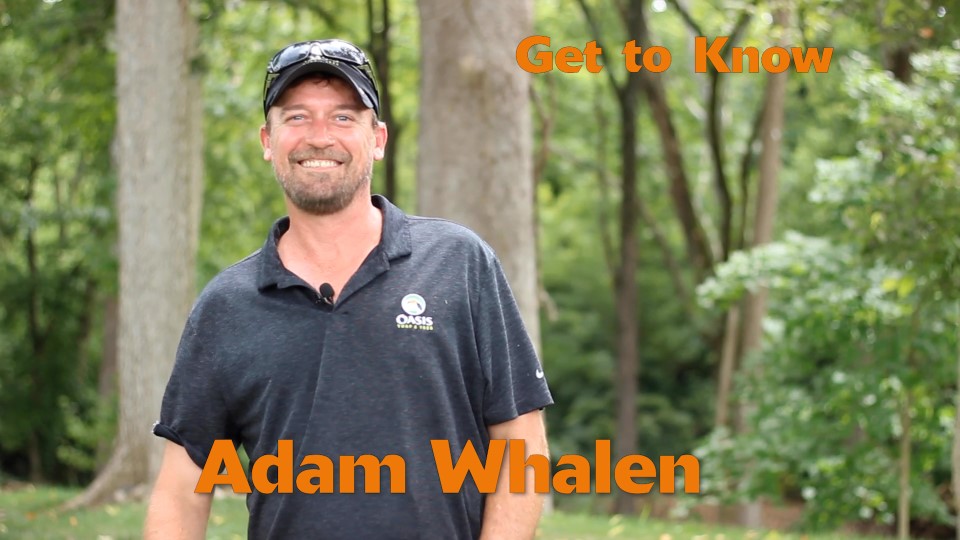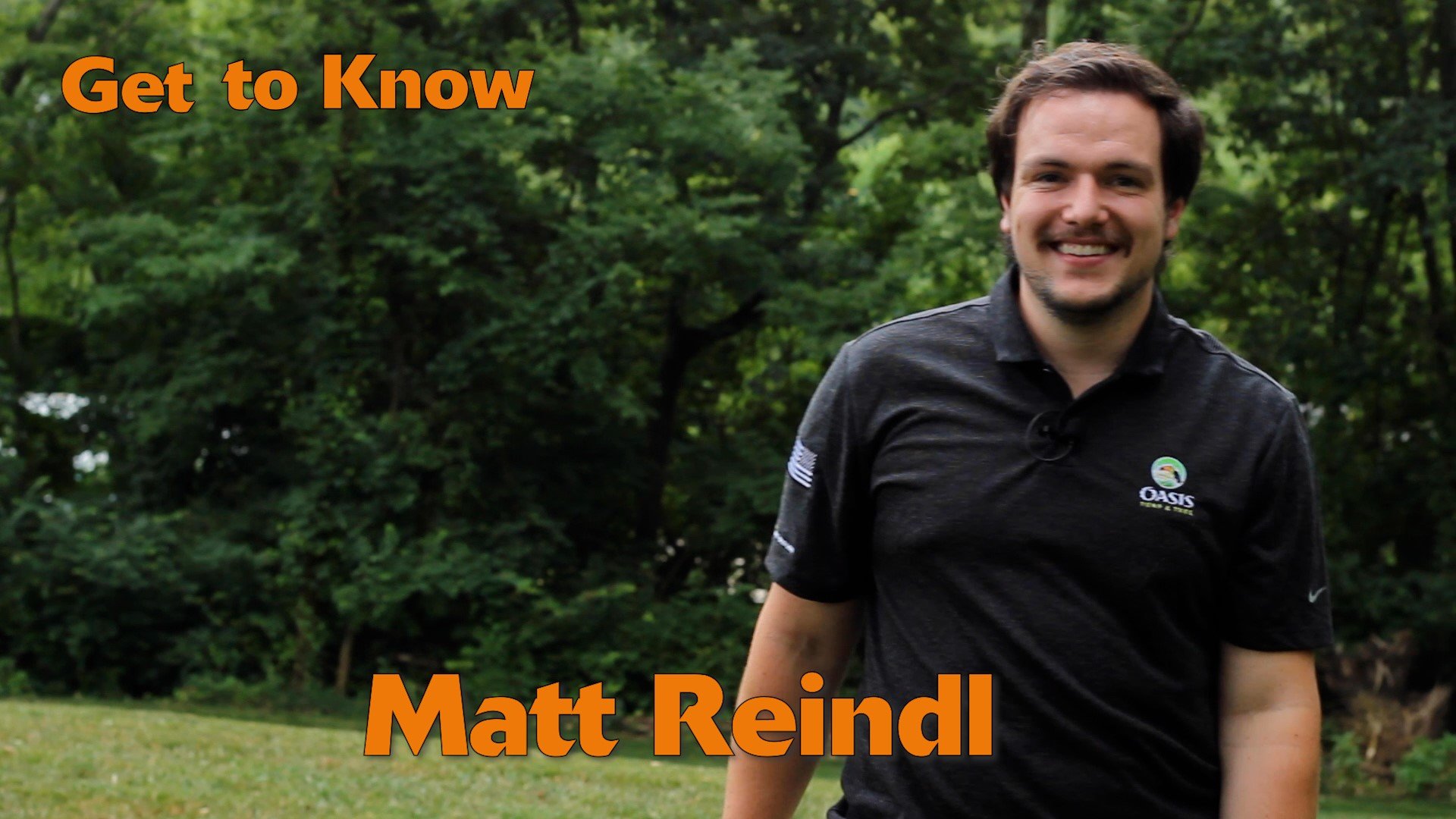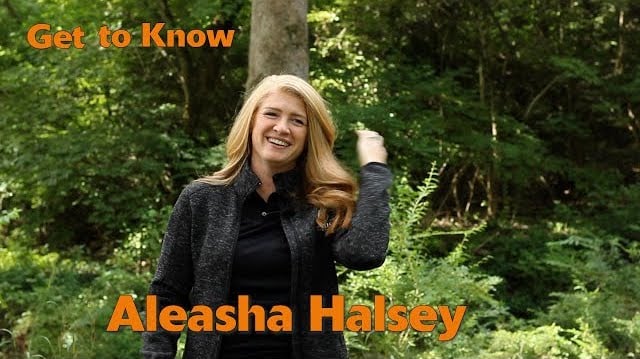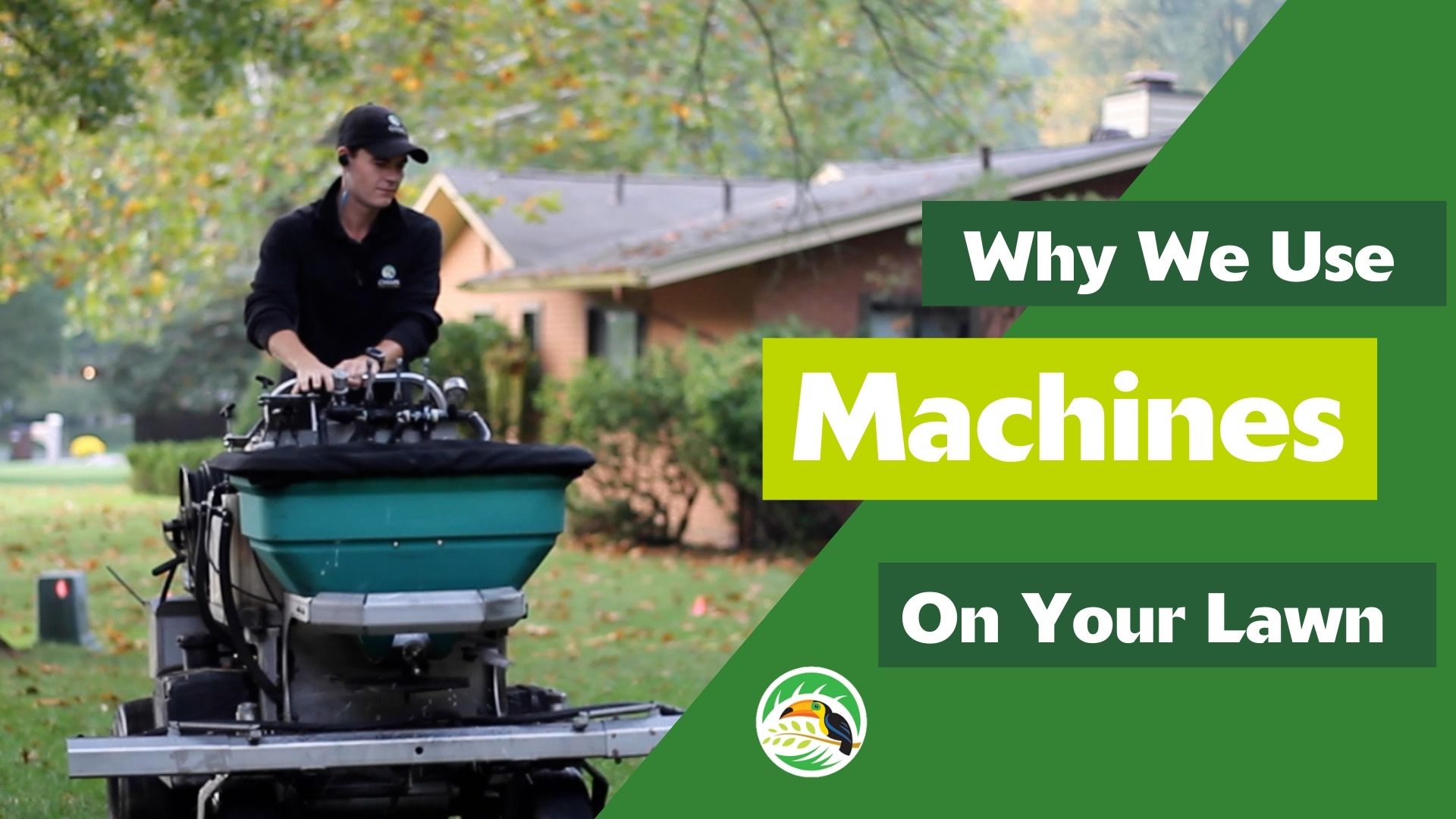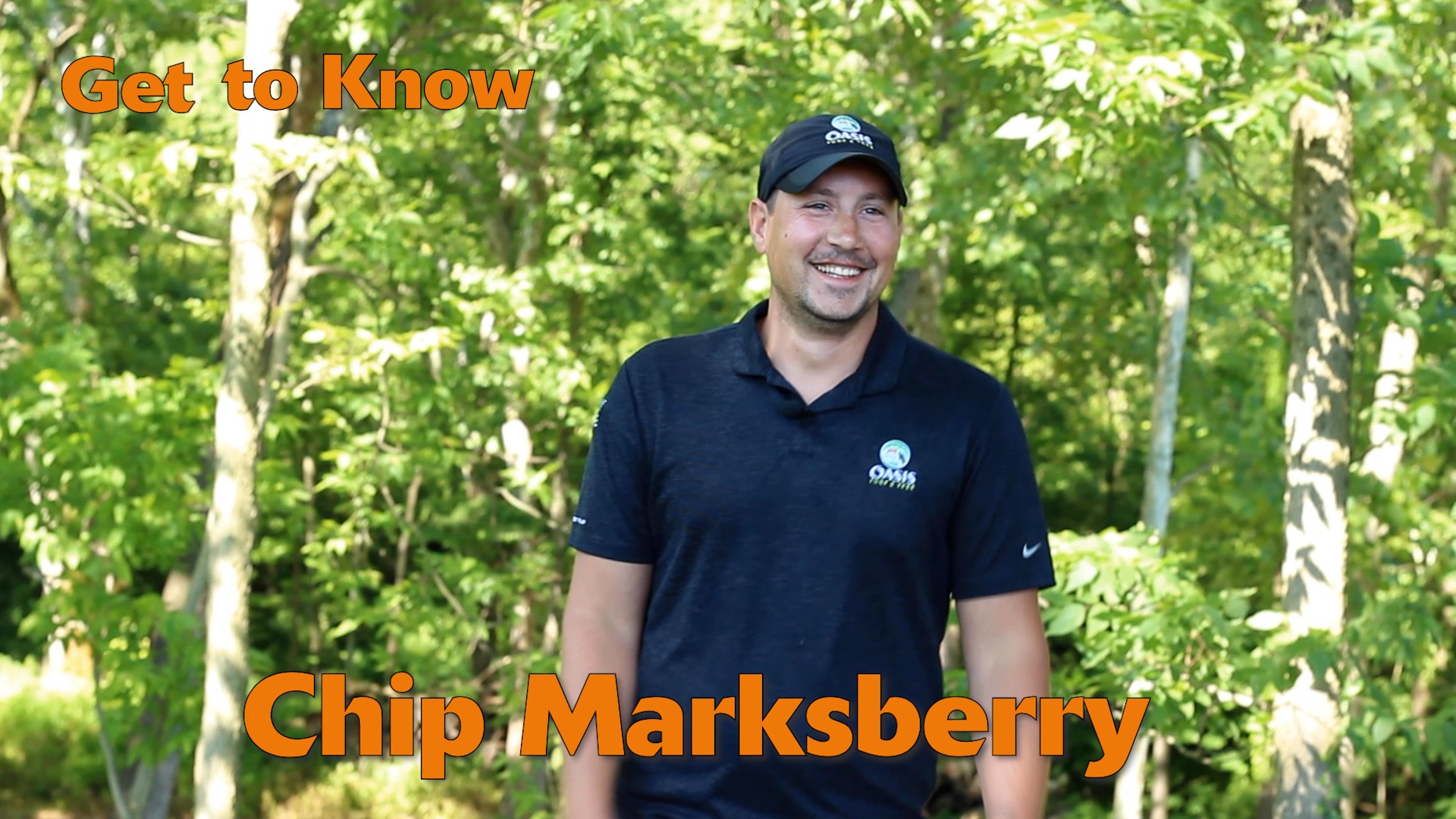Crabgrass and invasive weedy grasses in your lawn can feel like a never-ending battle. Nate Wickemeyer, a Quality Assurance Expert here at Oasis, explains the differences between crabgrass and invasive weedy grasses like Johnson Grass and Dallis Grass. Learn more about these grasses, and what can be done to help eliminate the problem in this week's video. Grassy weeds are invasive and ugly grasses that find their way into residentials lawns. There are two types of grassy weeds, annuals and perennials. Although they may have similar characteristics, annual grassy weeds die out every season on their own, while perennials survive more than two seasons, which makes them extra difficult to treat. Crabgrass is an annual grassy weed and can be preventatively treated using a crabgrass preemergent in the spring. It can also be curatively treated if breakthrough does occur. Grassy perennial weeds cannot be preventively or curatively treated without killing the rest of your healthy grass, because they are grass plants and our selective weed control does not effect them. There are a few types of common grassy weeds in the Cincinnati and Dayton Ohio areas as well as in Northern Kentucky. These grassy weeds include Johnson grass, Dallis Grass, and Field Paspalum. Johnson Grass can be identified by a white stripe through the middle of the leaf blade. In un-mowed areas it can reach heights 6 to 8 feet. Dallis Grass and Field Paspalum are very similar in nature and typically grow in patches and can be identified by wide leaf blades. The seeds of these plants travel through the air, and can survive in the soil for numerous years before germinating, which makes them extremely challenging to control. There are a few things you can do to reduce the effects of these grassy weeds. The first suggestion is to maintain a proper mowing height. This may not remove the plant, but it can greatly reduce the visual symptoms of these grasses. The second suggestion is to physically hand pull the weed, but this can leave seeds and plant roots that can lead to another breakthrough later in the season. Our best suggestion is to aerate and overseed your lawn with a turf type tall fescue. Introducing healthy grass plants to your lawn will reduce the room weedy grasses have to thrive. It is always important to remember that the best defense against weeds its a thick and healthy turf.
897 Loveland Madeira Rd •
© 2024 Oasis Turf & Tree. All rights reserved.

